#Museum Studies
Text
I started off in college as an education major wanting to be a middle school science teacher, but ended up quitting that because of how ableist the major was.
I switched to an agriculture degree because I grew up on a farm, and during 2020 I was constantly at home and convinced myself I could physically do the work, and I completed that degree despite the professors being ableist and morally questionable.
While I was an Ag major, I was working for the geology museum on campus, and decided to get my Masters degree in museum studies. During my studies, I realized how disabled people are constantly left out of deai discussions in the museum field, only ever seen as potential visitors and never potential workers, and so I finished my degree with independent research into how disabled staff are treated.
During my last semester in grad school, I started working as a substitute teacher and realized that my education major professors were wrong; I as a disabled person can totally be a teacher without a problem. My grad school advisor also told me that a lot of myself professionals go back and forth between the school system and museums. So I'm taking the leap to try to become a teacher
I just took my GACE (the Georgia certification test) and passed at a professional level! Once I am hired by a school, I will start taking the remainder of classes that I need to be considered a full fledged teacher
I've literally just made a circle, but the agriculture and museum studies degrees are still a huge help to me as a science educator. Other than space, agriculture perfectly set me up to understand everything required for students to learn and places me in a good spot to introduce an FFA chapter to the school, while my museum studies degree has allowed me to see education from a different perspective than my coworkers in order to more adequately come up with ideas in joint discussions. Additionally, I included disability and deai research in almost everything I did from work to school, and as a disabled person myself, I feel that my understanding of accessibility and empathy for other disabled people has prepared me more for interacting with disabled students in my classes.
Not a single bit of my journey was for naught, and I no longer feel ashamed or regretful towards my agriculture degree. I'm also excited to continue learning and eventually helping others to learn too
#education major#agriculture major#museum studies#museology#study blog#studyblr#ag major#life update#disabled students#disabled studyblr#disabled academia
291 notes
·
View notes
Text
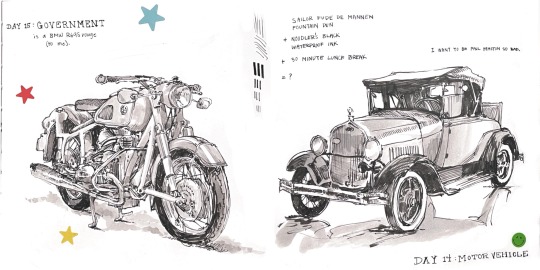

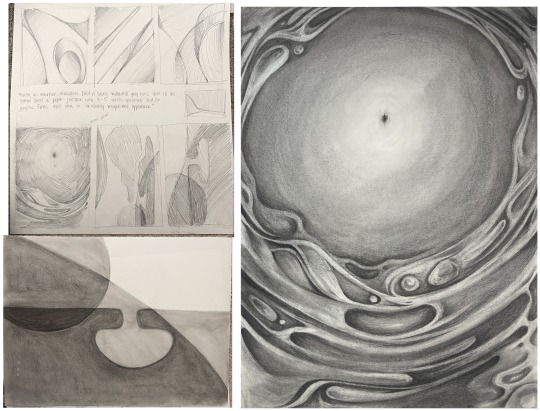

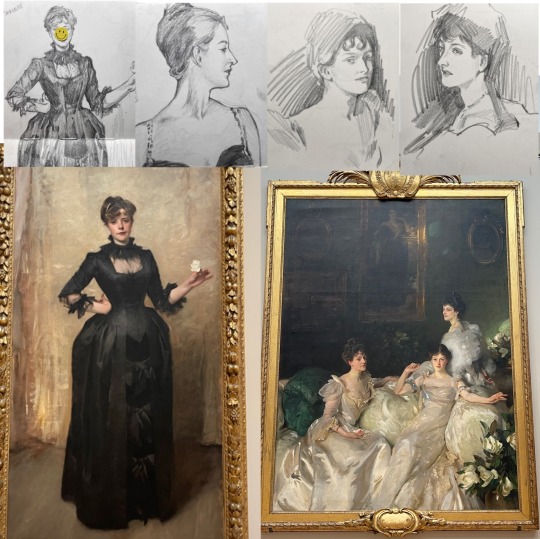
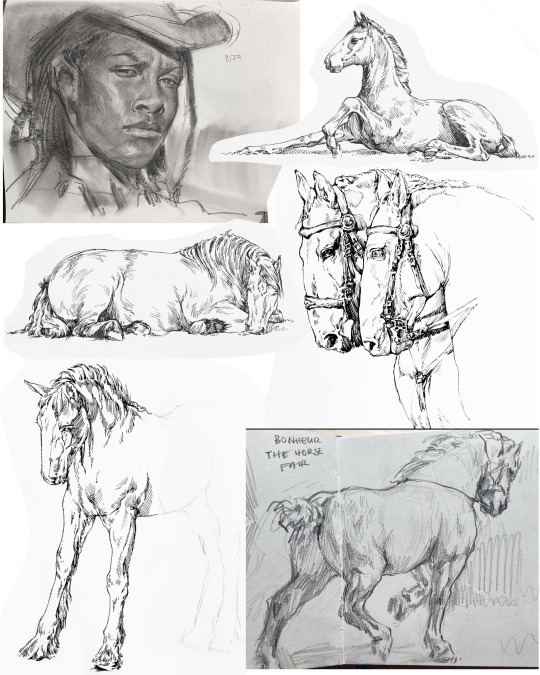
some really half-assed portfolio stuff
187 notes
·
View notes
Photo

Ok so remember how I said the Smithsonian’s unprecedented decision to repatriate their Benin bronzes was gonna cause ripples? Well, we got a big ol’ ripple here. Even British institutions are dunking on the British Museum and their inability to repatriate anything.
Now, this isn’t set in stone yet. Neither Cambridge nor Oxford is subject to BMA 1963, which is the law that makes it illegal for the British Museum to repatriate anything (other than paper objects too damaged to study). But they are subject to the Charity Commission, which might say that the museums aren’t allowed to give the objects back.
This could very well be a potential stumbling block, although not as much of one as the British Museum faces. It’s really important to pay attention to the fact that even if the British Museum wanted to repatriate anything, they’re simply not allowed to because of the law governing them and because they have a board of directors who actually control what happens to the artifacts in the museum. Since that board is made up of crown and PM-appointed officials, as well as officials elected by people already on that board, it’s pretty ludicrous to think that they’d be willing to campaign against the BMA or even sign off on long-term loans. The Charity Commission is somewhat different. While its most recent head said back in March that he wouldn’t be “dragged into media-led culture wars” but I’m not even sure if he is the current head after... /gestures vaguely at a huge chunk of the British government quitting.
So it’ll be interesting to see where this goes but this is more movement towards repatriation than has ever happened in British museum culture. Keep your eyes open, pals. This is NOT a path I was expecting to see Oxbridge go down.
3K notes
·
View notes
Text

learning a lot in my museum studies master's degree
285 notes
·
View notes
Text
Of course, museums do not produce art; neither do they distribute art. They sacralize it. It’s important to underline the connection between property and the sacred. To sacralize is to exclude; it’s to set something apart from the world, whether because it is sacred to an individual (“private property”) or sacred to something more abstract (“art,” “God,” “humanity,” “the nation”). Any revolutionary regime changes existing forms of property, and the organization or reorganization of museums plays a crucial role in this process, since the forms of property that exist within museums represent the summit of the pyramid. They are the ultimate wealth that police protect, and that the industrious poor can only see on weekends.
Virtually all museums today operate in a way that produces and maintains hierarchy. By archiving, cataloging, and reorganizing the museum’s space, they draw a line between “museum” quality and “non-museum” quality objects. But there is no ultimate contradiction between commoditized art and art considered inalienable and not to be sold, because they are simply two variations of the sacred as radical exclusion. The fact that these objects are surrounded by armed security and high-tech surveillance simply serves to underline to any visitor how much their own creative acts (songs, jokes, hobbies, diary entries, care for loved ones, and precious mementos) are of no particular significance, and therefore, that visitor will need to return to their non-museum life and continue to carry on their “non-inessential” job producing and maintaining the structure of relations that makes museums possible. Much like the cathedrals they were meant to replace, museums are there to teach one one’s place.
In the same way, the art world—as the apparatus for the production of objects, performances, or ideas that might someday merit being sacralized— is based on the artificial creation of scarcity. In the way that police guarantee material poverty, the existence of the art world—in its current form—could be said to guarantee spiritual poverty. What, then, would an abolitionist project directed at the art world actually look like?
David Graeber and Nika Dubrovsky, "Another Art World, Part 3: Policing and Symbolic Order" (2020)
589 notes
·
View notes
Text
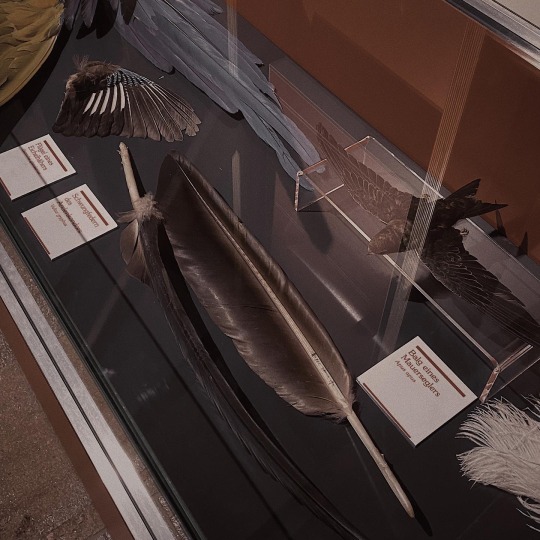



Solo museum date ! because it is important to take yourself out on some quality time with yourself 🫧 reblog ok, don’t repost
#my photos#museum photography#german museum#museumlover#museumsoftheworld#museum#museum aesthetic#exhibition#museum exhibit#museum education#nature museum#dark academia#dark academia aesthetic#academia aesthetic#museum life#museum collections#museum visit#museum studies#museum date#museum display#museum day#museum of natural history#museum trip
78 notes
·
View notes
Text
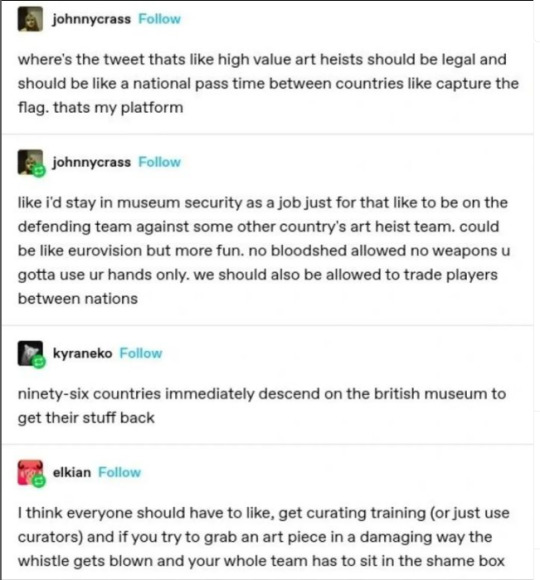
tried to reblog this instead of reposting it but was unable to find the original post (let me know if you find it)
EDIT: @silveth found it! Please reblog the original post instead. 👍
366 notes
·
View notes
Text
we are sorting the mannequins! it has started me so many times!
the museum is currently littered with mannequin parts and bodies as we work to sort our exhibit mannequins - which is exciting!! but also extraordinarily unnerving as I keep running into mannequins that are not where I expect them to be

here are some of the less scary (newer) ones next to my archive entrance

unfortunately I can't post the torsos and heads on the first floor (the ones being decommissioned) for privacy reasons. I wish I could though, because it is hard to put into words how genuinely unnerving these figures are.
immediately upon entering the museum each day I am greeted by a distant hoard of torsos, limbs, and heads decorated in obscenely dramatic makeup - the mannequins having been taken apart for ease of transport down the stairs. This is actually my first time seeing the faces of many of these figures, during the exhibit season they were covered with stockings as the makeup did not suit the clothing displayed. Which was frankly also pretty terrifying, seeing just the clear ghost of a hidden face underneath the fabric
a part of me feels bad for the ones we are disposing of?? they have spent their career in this institution, helping us display history, and now their future is wholly unknown
-- but also they are the type of model that do pose a threat to delicate historical clothing (damn you articulated arms that can pinch and tear), so I am glad we have found the means to upgrade --
ANYWHO - despite my terror the museum is once again filled with life! we are preparing for our opening, building exhibits, and diving back in to in-person projects! :)
#history#historical society#museum#sorry you all had to hear a bit too much about my fear of the mannequins#but they are scary!! especially when they are in new places suddenly!#the exhibit making is going well though!!!!#local history#museum curator#museum life#east coast#museums#museum studies#antiques#history humor#curator life#mannequin#museum collections#museum professional#horror#spooky#museum exhibit#exhibit#art history
22 notes
·
View notes
Text

The International Council of Museums (ICOM) has finally approved the new definition of a museum:
“A museum is a not-for-profit, permanent institution in the service of society that researches, collects, conserves, interprets and exhibits tangible and intangible heritage. Open to the public, accessible and inclusive, museums foster diversity and sustainability. They operate and communicate ethically, professionally and with the participation of communities, offering varied experiences for education, enjoyment, reflection and knowledge sharing.”
491 notes
·
View notes
Text
a small victory in the battle to repatriate artifacts to their native regions. hopefully more museums will take note and follow suit.
396 notes
·
View notes
Text
Articles/Books About the Decolonization of Museums (and more)
Hi! I thought I'd share the reading list from my bachelor thesis via google drive. It includes articles on decolonization, repatriation, the art market, among other things. I uploaded everything I had as PDF.
In the file, you'll also find a list of all the articles/books I uploaded.
Here you go, I hope you find it interesting!
#book recommendations#decolonialism#repatriation#art market#museum studies#art history#book reccs#artquist
34 notes
·
View notes
Note
Hi, I don't know if you're the right person to approach for this, but I'm sort of at a standstill in life and your blog has consistently been my highlight for each day so -
I recently graduated college as an anthropology major and I'm feeling all sorts of stuck. I would love to get into museum and conservation work but I'm currently unable to finance a masters for myself and with just an anthropology degree, museums I apply to don't seem to be entirely keen on hiring me. I really really love museum work and it's something I've been yearning to do since I was a kid, I'm just a little confused about how to get there. Any advice for a dumbdumb that's a little bit stuck in their career and has instead spent the past few weeks just wistfully going through your blog?
- jar :")
Hello there, dirtling! I'm glad that my little old blog has been able to be a source of light in dark times.
First, I'm going to tag @museum-spaces, @museeeuuuum, and @saintartemis because their museum chops are significantly more impressive than mine.
The other thing that I would do is reach out to professors from your undergrad institution. See if they have people they can connect you with. See if they have research opportunities that you could assist on. Jump at any chance to do something that you can put on your CV.
It's okay that things aren't entirely clear right now. This happens to a lot of people after graduation/while they're trying to get their foot in the door. Don't give up.
-Reid
193 notes
·
View notes
Text
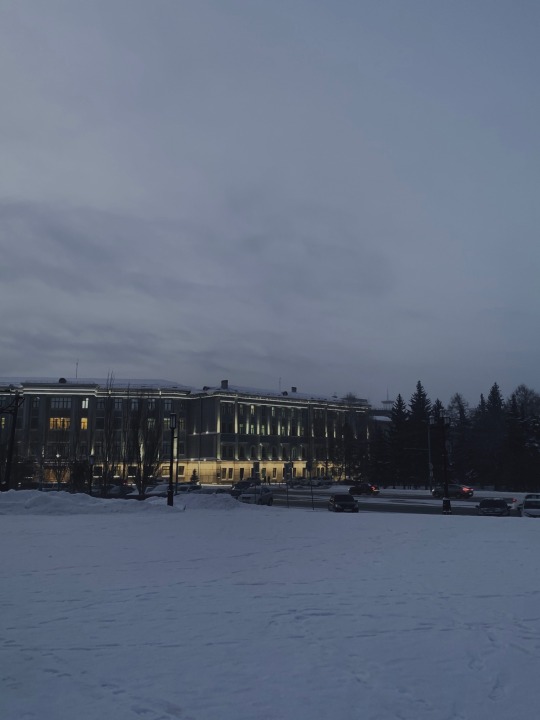
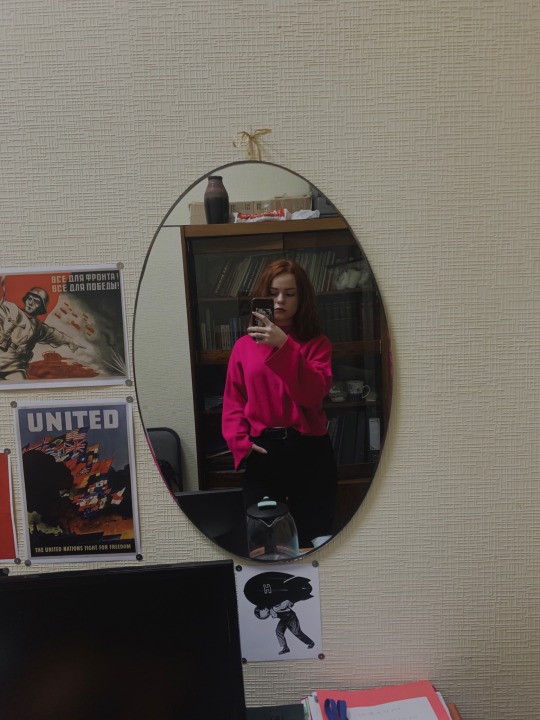


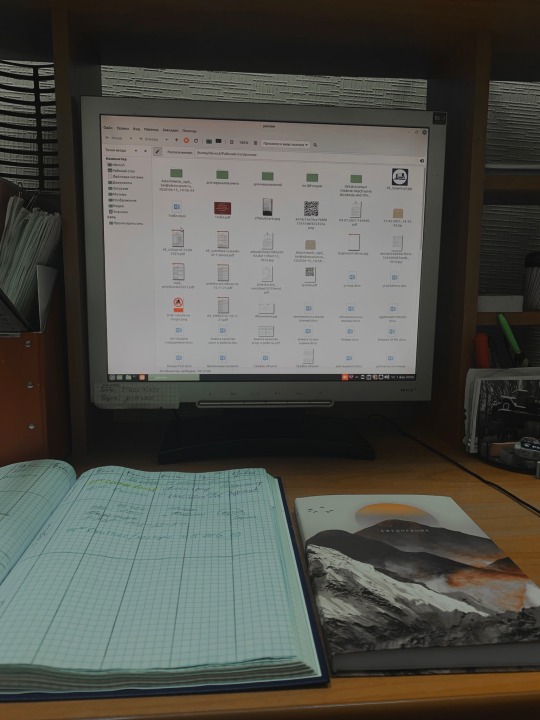
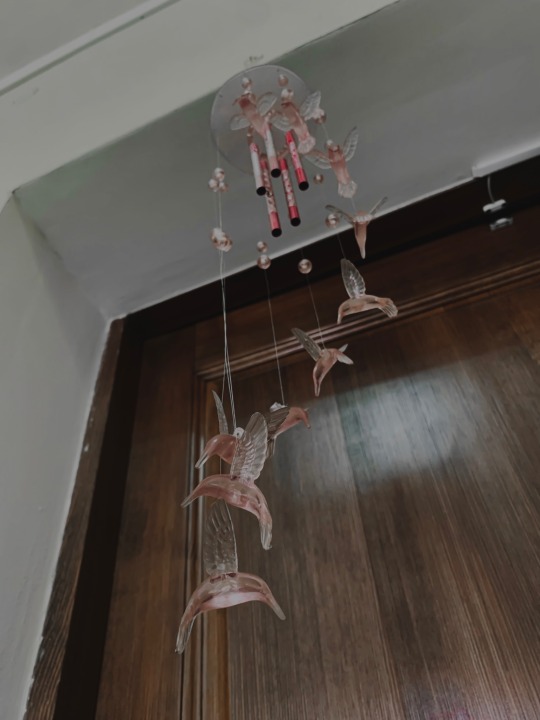
February 1, 2024
The first working day at the museum 🏛️
This is the best job for me, I like it, I am looking forward to when I can lead tours around the museum’s location I only learn a tour and drink coffee these days
#museum#museum work#museum studies#history#museum workers#my work#studyblr#study blog#study aesthetic#work aesthetic#jobs#russian aesthetic#aesthetic#Russian museum
13 notes
·
View notes
Text
Ok at this point the international museum community's response is a breath away from these big legacy institutions calling out the British Museum's position on their Benin holdings and the BMA 1963.
It's also really interesting that the Smithsonian is doing this, because the Smithsonian is excluded from NAGPRA, and America doesn't have international repatriation laws for museums. Technically they don't have to, but there's been a big shift in the public perception of museums, and a lot of them are actively trying to reframe their collections as a place of restorative justice and centering the voices of marginalised communities damaged by colonialism. In the case of the Smithsonian, they recently adopted a new ethical framework for repatriating international artifacts, and I have to wonder how much of it was inspired by the international movement in Europe to return the Benin bronzes. This is exciting! This has the potential for a lot of advances in what museums can do for communities, especially diasporic communities! Keep an eye on this- it has a lot of potential ripples it could create.
1K notes
·
View notes
Text

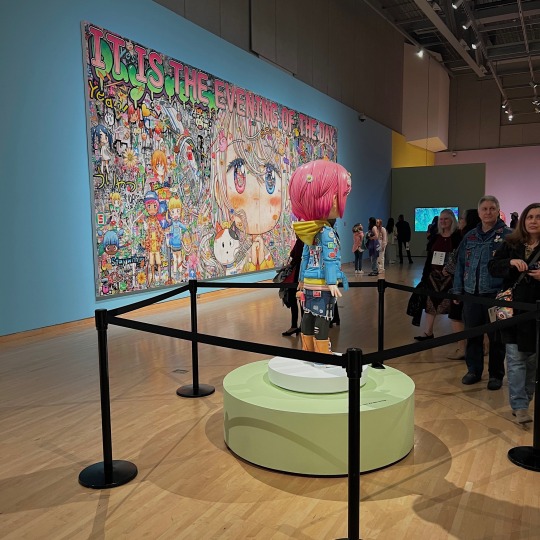


mon feb 6 - day 1/100
life has been a little all over the place lately & i haven’t been feeling the greatest. here’s some pics from the past week. decided i’m gonna start a 100 days of productivity to get my motivation flowing again… my birthday is soon too so i have much to look forward too
📚 - how to paint a dead man (sarah hall)
🎧 - wet dream (wet leg)
#student#photo diary#studyblr#photooftheday#study space#acadamia#study motivation#chaotic academia#light academia#study aesthetic#museum#art museum#museum studies#100 days of productivity#day 1#views#sunset view#sunset#keyboard#100dop#fav log
73 notes
·
View notes
Text
"presenting" my queer queensland exhibition proposal tomorrow to my lecturer wish me luck :)
#i say presenting like that bc i didnt do it in class so its gonna be more like a chat#julia goes to uni#museum studies
37 notes
·
View notes